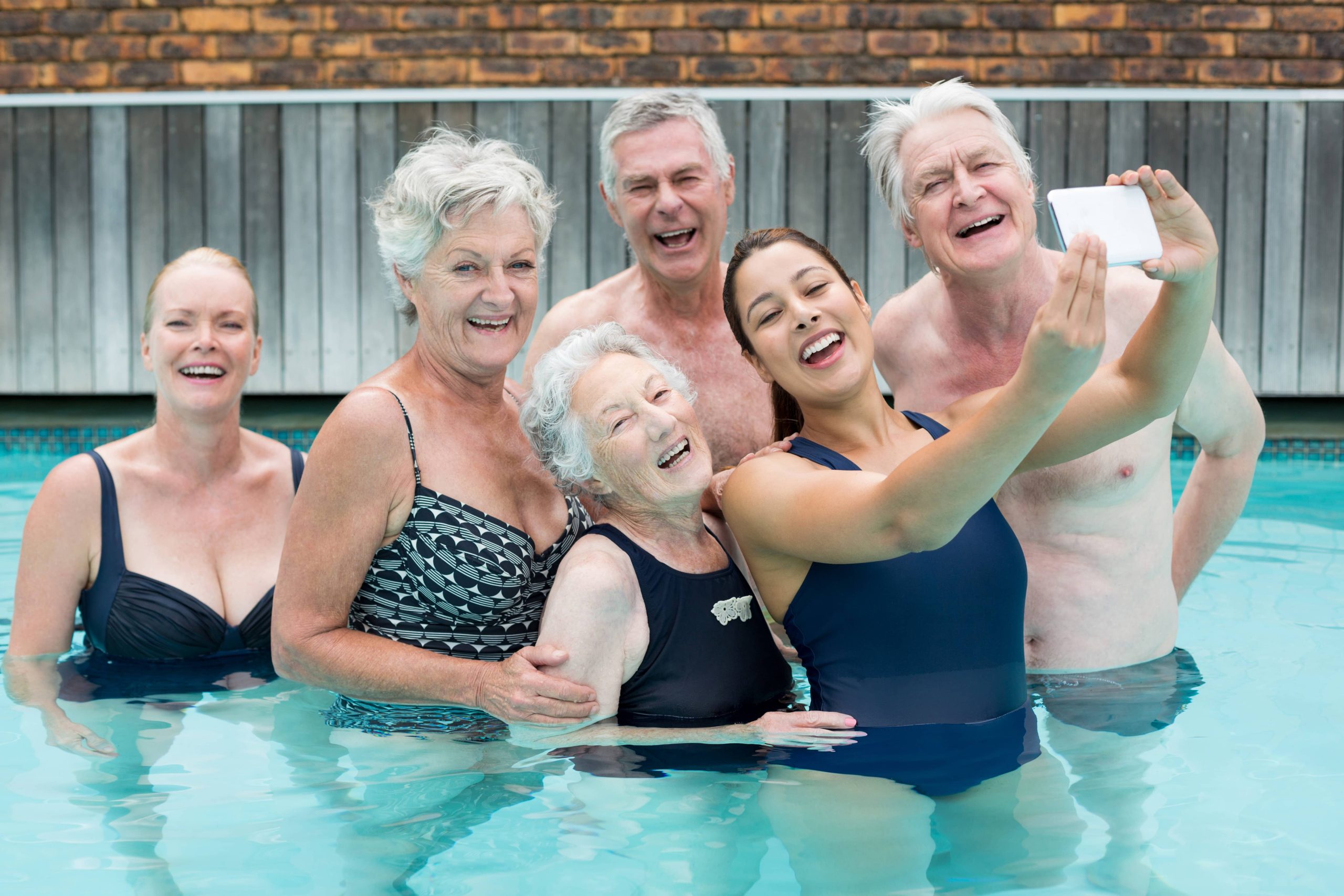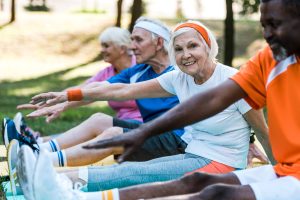
In today’s rapidly changing world, fostering strong connections with older clients is more important than ever. As the global population ages, the focus on active aging has gained prominence, with a growing emphasis on health, wellness, and meaningful engagement. For professionals working with older clients, whether in health, fitness, wellness coaching, or other related fields, understanding how to build and maintain these vital connections is crucial. Here, we delve into expert insights on how to effectively engage and build relationships with older clients, enhancing their experience and supporting them in living their best lives.
Understanding the Unique Needs of Older Clients
To connect with older clients, it’s essential to first understand their unique needs and preferences. Aging is a diverse experience, influenced by factors such as health, lifestyle, cultural background, and personal goals. Recognizing these differences allows professionals to tailor their approach, ensuring that the services offered are relevant and valuable.
Older clients may have specific health concerns such as chronic conditions or mobility issues, which can impact their lifestyle choices. By acknowledging these challenges and adapting programs or services accordingly, professionals can demonstrate empathy and build trust. Moreover, the aging population values personal experience and often seeks interactions that are authentic and meaningful, making it critical for professionals to prioritize genuine connections over transactional relationships.
Communication: A Key Component
Effective communication is at the heart of building any strong relationship, especially with older clients. With age, there may be variations in communication preferences or styles. Some older adults may prefer face-to-face interactions, while others might be comfortable with digital communication methods. Understanding individual preferences and being flexible in communication approaches can significantly enhance the relationship-building process.
Listening is another crucial aspect of communication. It goes beyond hearing words; attentive listening involves understanding emotions, empathizing with concerns, and respecting opinions. By actively listening, professionals validate their older clients’ experiences and build a foundation of respect and trust.
Facilitating Empowerment and Independence
Older clients often value independence and may seek ways to maintain or enhance their autonomy. Professionals can support this by facilitating empowerment, allowing clients to take an active role in decisions regarding their health and wellness. Providing information, resources, and encouragement helps clients feel more in control of their choices and confident in their abilities.
Practices such as shared decision-making can be particularly effective. By collaborating with clients in setting goals and developing action plans, professionals reinforce the clients’ sense of agency. This collaborative approach can lead to more personalized and effective results, aligning with the clients’ aspirations and improving overall satisfaction.
Emphasizing a Holistic Approach to Wellness
A holistic approach to wellness can greatly benefit older clients, as it encompasses not just physical health but also mental, emotional, and social well-being. Experts suggest integrating various aspects of well-being into programs for older clients, addressing areas such as stress management, cognitive health, and social interaction.
For instance, encouraging activities that promote both physical fitness and social engagement, such as group exercises or community events, can enhance mental health and combat feelings of isolation. Cognitive activities like puzzles, games, or lifelong learning opportunities can also be incorporated to maintain mental sharpness and provide a sense of accomplishment.
Building a Supportive Community
Creating a sense of community is a vital aspect of active aging, as it contributes to emotional well-being and reduces loneliness, a common concern among older adults. Professionals can play a pivotal role in fostering community connections by organizing group activities, workshops, or support groups tailored to the interests and abilities of older clients.
Moreover, professionals can facilitate connections between older clients and local community resources, such as senior centers, health workshops, and volunteer opportunities. Being a conduit to broader community engagement enriches the experience for clients and demonstrates the professional’s commitment to their overall well-being.
Adapting to Technological Advancements
As technology continues to evolve, so do opportunities for enhancing the experience of older clients. While some may have reservations about adopting new technologies, many older adults are increasingly open to using digital tools for communication, health monitoring, and education.
Professionals should be prepared to introduce and support the use of relevant technologies, like telehealth services, fitness apps, or online learning platforms, that can improve access and convenience for older clients. Providing guidance and education on these tools can help overcome hesitations and enable older clients to embrace the benefits technology offers.
Continuous Learning and Professional Development
Lastly, maintaining a strong connection with older clients requires ongoing learning and adaptation from professionals. Staying informed about the latest research in aging, health trends, and client engagement strategies is crucial. Attending workshops, pursuing certifications specific to gerontology, and seeking feedback from clients themselves can provide valuable insights and improve service delivery.
By continually evolving and demonstrating a commitment to excellence, professionals not only enhance their own skills but also convey a genuine investment in their clients’ lives and well-being.
Conclusion
Building strong connections with older clients is an enriching endeavor that requires a blend of empathy, communication, empowerment, and a holistic approach to health and wellness. As the active aging movement continues to transform the landscape of health and wellness, professionals have an invaluable opportunity to positively impact the lives of older adults, enabling them to lead fulfilling and vibrant lives. By implementing these expert insights, professionals can create a supportive and engaging environment tailored to the needs of older clients, fostering relationships built on trust, respect, and mutual growth.











